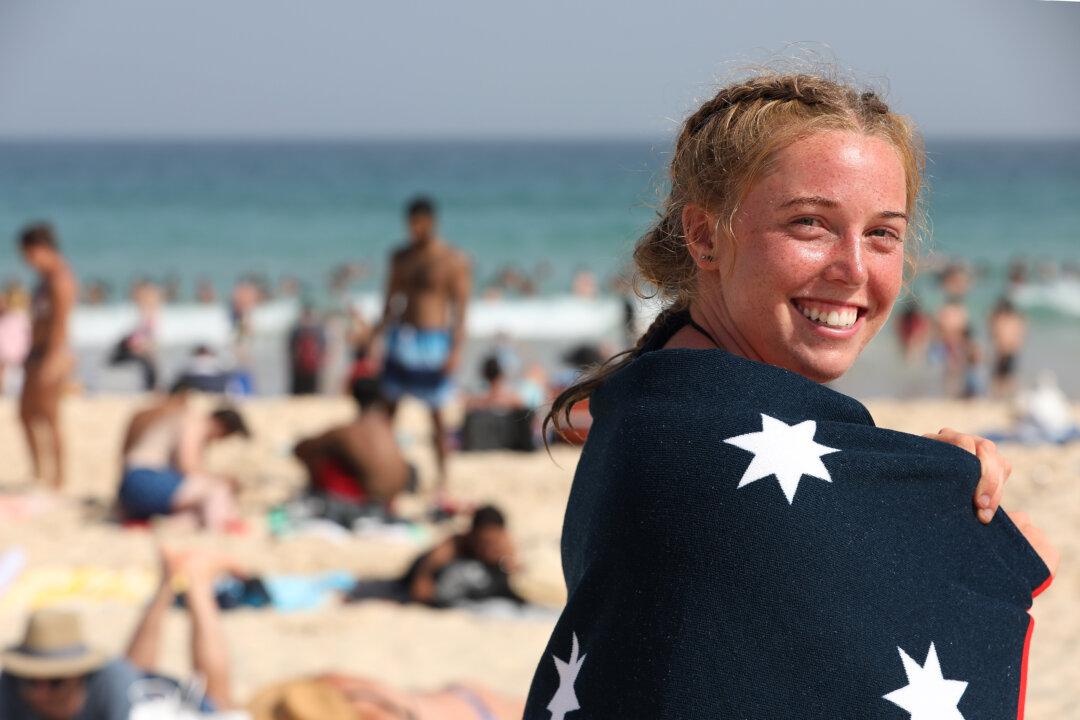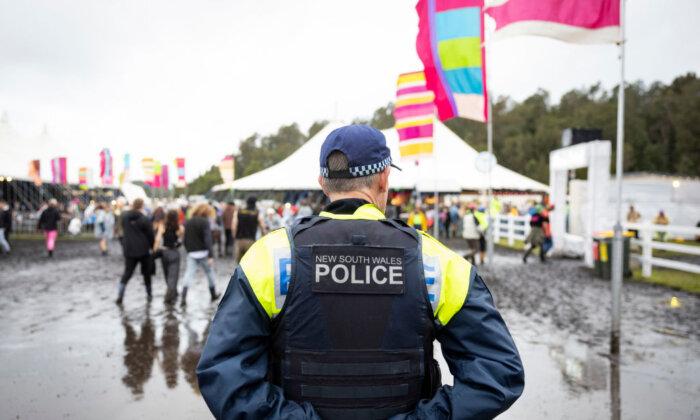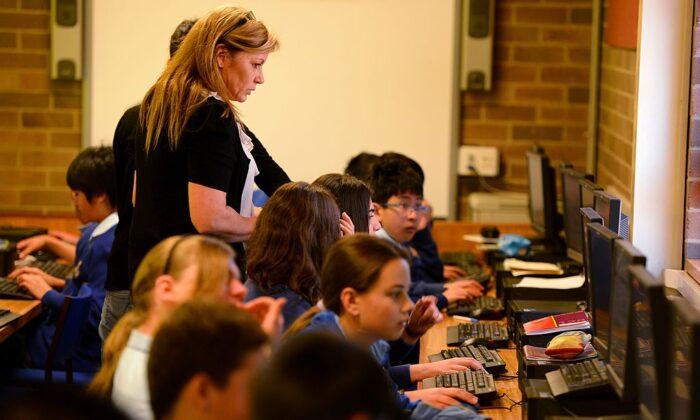A groundbreaking $7.3 million (US$4.8 million) sun-safe campaign is underway to reshape the sun habits of 18- to 30-year-old Australians after statistics reveal many young people persistently tan and believe they won’t get skin cancer.
The initiative aims to tackle recent research showing most young Australians (74 percent) believe they are unlikely to get skin cancer.
At the same time, one in three (31 percent) young people think it’s okay to sun tan at their age, and less than one in 10 consistently use all five sun protection methods—Slip, Slop, Slap, Seek, and Slide.
Health Minister Mark Butler said youth think they’re bulletproof when it comes to skin cancer.
“They think it won’t happen to them, but the sad fact is—it can. Skin cancer affects two in three Aussies and comes at an enormous cost, personally, and collectively,” he explained, noting one person dies from skin cancer every six hours, and the disease costs the health system $1.9 billion each year.
“To end the trend of suntanning by young people, we had to consider new ways to reach this group. So we’ve gone to where they are—online, at music festivals and through fashion and lifestyle media.”
He said it was about teaming up with influencers younger Australians trust to help normalise sun protection and ensure they stay protected from skin cancer.
“It is one of Australia’s most common cancers, but it’s also one of the most preventable,” he noted.
Cancer Council Australia CEO Professor Tanya Buchanan weighed in.
She argued skin cancer will continue to be the most common cancer until every young Australian feels comfortable in their natural skin.
“The research shows young Australians have pro-suntanning attitudes and are not being safe in the sun, despite knowing the risks and how to be sun safe. We know they perceive a suntan as desirable and prioritise this,” she said.
She said the campaign was crucial to break the tanning desire.
“It’s more important now than ever to end the trend and encourage young people to be sun safe to reduce their risk of skin cancer,” she said.
Notably, Olympic swimming contender and melanoma survivor Sam Short is set to share his story as part of the campaign.
The 18-year-old will urge his followers to prioritise sun safety after his cancer diagnosis.
Mr. Short was diagnosed with melanoma on his lower back in June 2022 during his first overseas trip representing Australia.
Following advice from his doctor back home in Queensland and the Australian swim team doctor, he urgently underwent surgery in Budapest after participating in the World Championships.
“I literally went from the pool to the operating table and had the melanoma removed along with a wider margin to ensure no cancer cells were missed. I needed 20 stitches and was left with a 6-centimetre scar across my lower back.”
Just five weeks later, Mr. Short returned to the pool and competed in the Commonwealth Games in Birmingham, where he won gold in the 1500 metre and silver in the 400-metre freestyle.
“The experience was a massive wake-up call for me and made me reassess my sun safety habits,” he said.
“No matter our age, we can’t afford to be casual with sun safety.”
Transformation of Melanoma Into a Highly Treatable Disease
The campaign launch coincides with the recent naming of pioneering melanoma researchers Professor Georgina Long and Professor Richard Scolyer as the 2024 Australians of the Year.The prestigious award acknowledges the Sydney-based researchers’ global leadership in transforming melanoma from a deadly disease into a highly treatable one, saving many lives.
Their approach involves immunotherapy to activate a patient’s immune system.
The co-medical directors at Melanoma Institute Australia changed the outcome of advanced melanoma from a death sentence to a curable disease for over half of patients.
Further, the professors used melanoma science to create groundbreaking treatments for Mr. Scolyer’s incurable grade four brain cancer.
By undergoing the experimental treatment with the risk of shortening his life, the understanding of brain cancer was advanced and is benefiting future patients.







